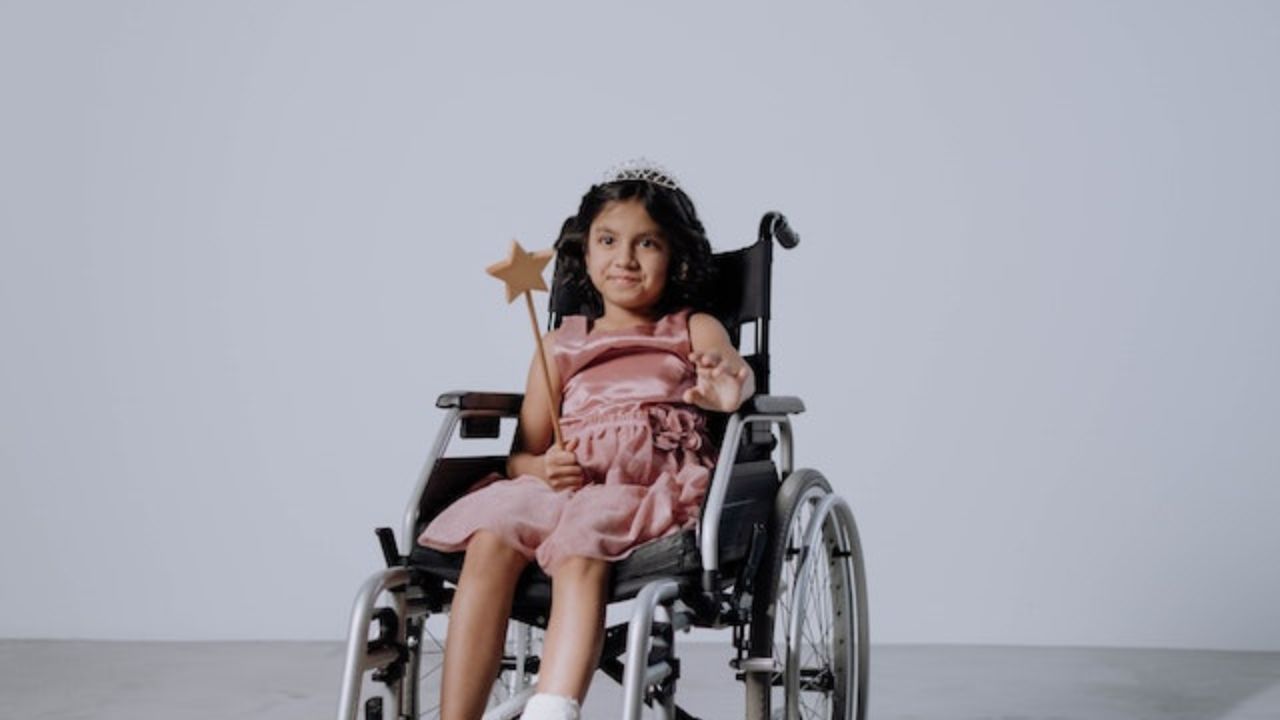
Pediatric physical therapy offers a multitude of transformative benefits for children, fostering improved motor skills, strength, balance, and coordination. Through age-appropriate movement patterns, pain management, and increased independence in daily activities, this therapy enhances overall quality of life.
Moreover, it boosts self-confidence, self-esteem, social skills, and peer interaction. With these top 10 benefits, pediatric physical therapy empowers children to reach their full potential and enjoy a greater sense of freedom in their daily lives.
Improved Motor Skills
One of the key transformative benefits of pediatric physical therapy is the significant improvement in motor skills.
Fine motor skills, which involve the coordination of small muscles, are crucial for tasks such as writing, drawing, and tying shoelaces. Through targeted exercises and interventions, pediatric physical therapy helps children develop and refine their fine motor skills, enabling them to perform these activities with greater precision and control.
Additionally, gross motor skills, which involve the coordination of large muscle groups and are essential for activities such as walking, running, and jumping, are also improved through pediatric physical therapy. By focusing on strengthening and enhancing these skills, children gain the freedom to participate fully in physical activities, sports, and play, fostering their overall development and independence.
Pediatric physical therapy truly empowers children by unlocking their potential for freedom of movement and engagement in various activities.
Increased Strength and Endurance
With pediatric physical therapy, children experience a noticeable improvement in their strength and endurance. This is an essential benefit as it contributes to their overall physical fitness and improved athletic performance.

Here are three ways in which pediatric physical therapy helps children increase their strength and endurance:
Targeted exercises: Pediatric physical therapists create customized exercise programs that focus on strengthening specific muscle groups. These exercises help children build muscle strength and endurance, allowing them to perform physical activities more efficiently.
Progressive training: Physical therapists gradually increase the intensity and duration of exercises as children progress in their therapy. This progressive training helps children gradually build their strength and endurance over time.
Functional activities: Pediatric physical therapy incorporates functional activities, such as climbing, jumping, and running, to improve strength and endurance. These activities simulate real-life situations and help children develop the necessary physical fitness for daily activities and sports.
Enhanced Balance and Coordination
Pediatric physical therapy plays a vital role in improving a child's balance and coordination, leading to enhanced motor skills and functional abilities. Through a combination of specialized exercises and techniques, physical therapists help children develop the necessary skills to maintain balance and coordinate their movements effectively.
This improved agility allows children to engage in various physical activities, such as running, jumping, and playing sports, with greater ease and confidence. Furthermore, pediatric physical therapy also enhances spatial awareness, enabling children to better understand their body's position in relation to objects and people around them.
This increased awareness not only improves their ability to move through space safely but also enhances their overall coordination and motor planning skills. Ultimately, the enhanced balance and coordination achieved through pediatric physical therapy empower children to navigate their environment with freedom and independence.
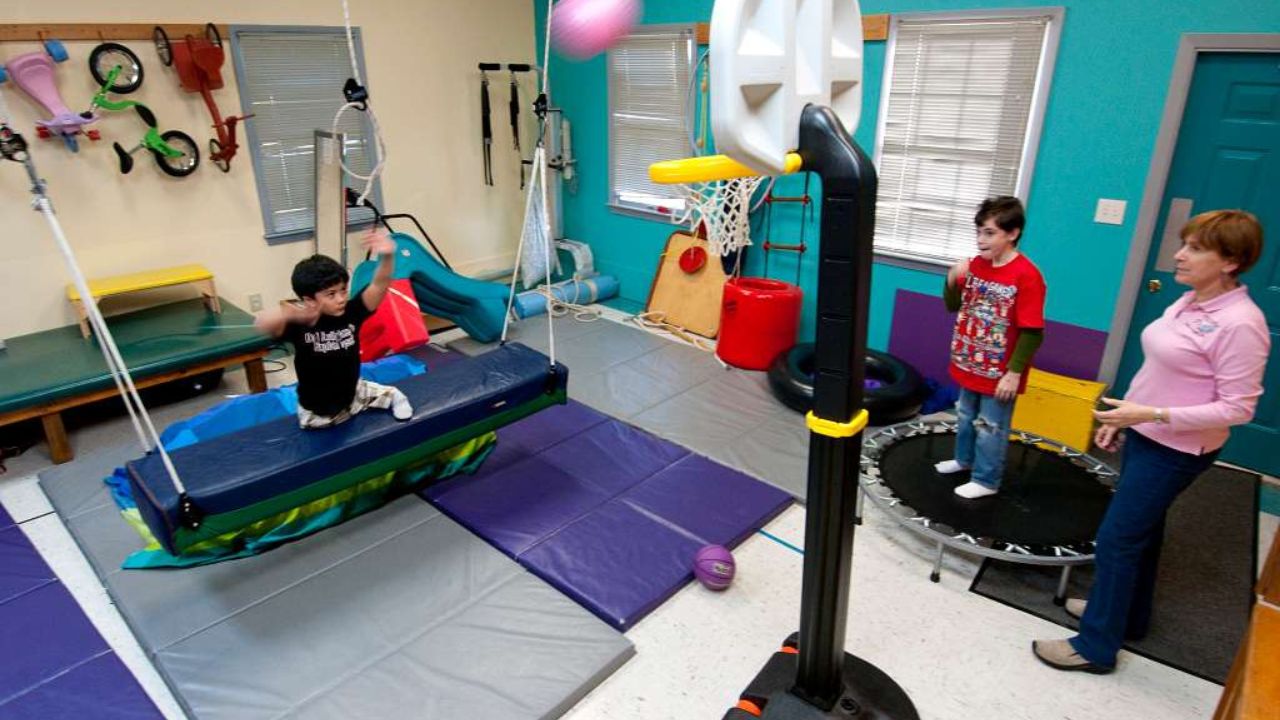
Development of Age-Appropriate Movement Patterns
Children undergoing pediatric physical therapy experience significant advancements in the development of age-appropriate movement patterns, allowing them to reach important motor milestones at the appropriate stages of their growth and development. This is crucial for their overall physical well-being and independence.
Here are three key benefits of pediatric physical therapy in the development of age-appropriate movement patterns:
Improved gross motor skills: Through targeted exercises and interventions, pediatric physical therapy helps children develop and refine their gross motor skills. This includes activities such as crawling, walking, running, jumping, and balancing, which are essential for everyday activities and participation in sports and recreational activities.
Enhanced coordination: Physical therapy interventions focus on improving coordination, which is the ability to use different body parts together smoothly and efficiently. By addressing coordination challenges, children can perform tasks that require precise movements, such as catching a ball, riding a bike, or tying shoelaces.
Achieving age-appropriate milestones: Pediatric physical therapy helps children achieve age-appropriate milestones, such as sitting up, rolling over, crawling, walking, and running. By targeting specific areas of development, physical therapists provide the necessary support and guidance to help children progress and reach these milestones at the right time.
Pain Management and Reduction
One of the transformative benefits of pediatric physical therapy is the effective management and reduction of pain. Physical therapy offers a range of alternative therapies that can help alleviate pain in children. These therapies include techniques such as massage, heat and cold therapy, and hydrotherapy. By incorporating these alternative therapies into a comprehensive treatment plan, pediatric physical therapists can help children find relief from pain and discomfort.
In addition to the physical benefits, pediatric physical therapy also focuses on the psychological well-being of children. Chronic pain can have a significant impact on a child's mental health and overall quality of life. Through various therapeutic interventions, including counseling and mindfulness techniques, pediatric physical therapists address the emotional aspects of pain management. By promoting a positive mindset and teaching coping strategies, they empower children to better manage their pain and improve their overall psychological well-being.

Improved Posture and Body Alignment
By promoting proper body mechanics and incorporating exercises that target core strength, pediatric physical therapy can lead to improved posture and body alignment in children.
Posture correction is an essential aspect of pediatric physical therapy, as it helps children maintain a healthy spine and prevent musculoskeletal issues in the future. Alignment therapy focuses on aligning the body's structures, such as the spine, joints, and bones, to ensure optimal function and movement.
This therapy can help correct postural imbalances and promote better body alignment. Additionally, pediatric physical therapy can teach children proper body mechanics, such as how to sit, stand, and walk with correct posture.
This knowledge empowers children to take control of their own health and well-being, promoting a sense of freedom and independence.
Increased Independence in Daily Activities
Pediatric physical therapy empowers young patients to gain autonomy and carry out daily activities with enhanced self-reliance. Through targeted interventions and exercises, pediatric physical therapists help children develop improved functional abilities, enabling them to accomplish tasks independently. This increased independence fosters a sense of freedom and confidence in the young patients, allowing them to actively participate in various daily activities.
Whether it's dressing themselves, feeding, or engaging in play, children who undergo pediatric physical therapy experience a significant boost in their ability to perform these tasks without constant assistance. The therapy not only focuses on improving physical strength and coordination but also addresses cognitive and sensory issues that may hinder a child's participation.
Boosted Self-Confidence and Self-Esteem
Through the support and guidance provided by pediatric physical therapists, children are able to overcome physical challenges, resulting in increased self-confidence and a stronger sense of self-worth. Pediatric physical therapy not only focuses on improving physical abilities but also plays a crucial role in the development of self-esteem and self-confidence in children.
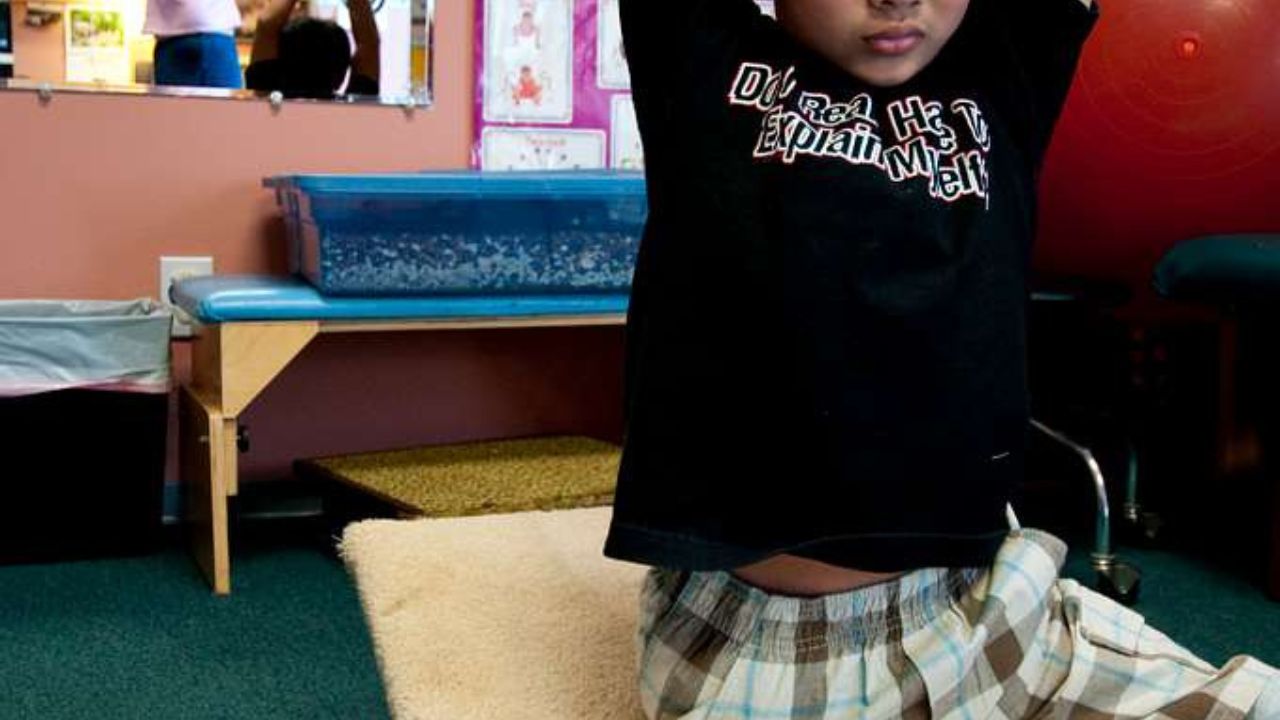
Here are three ways in which pediatric physical therapy boosts self-confidence and self-esteem:
Achievement of milestones: When children achieve their physical therapy goals, such as walking or climbing stairs independently, it instills a sense of accomplishment and boosts their self-esteem.
Improved body awareness: Through various exercises and activities, pediatric physical therapy helps children become more aware of their bodies and their abilities, which enhances their self-confidence.
Positive reinforcement: Pediatric physical therapists provide encouragement and positive reinforcement during therapy sessions, which helps children develop a positive self-image and believe in their own abilities.
Enhanced Social Skills and Peer Interaction
Furthermore, fostering improved communication and collaboration among children, pediatric physical therapy facilitates enhanced social skills and peer interaction.
By actively engaging children in various physical activities, pediatric physical therapy provides opportunities for them to interact and communicate with their peers. Through these interactions, children learn important skills such as taking turns, sharing, and cooperating. They also develop their communication skills as they engage in conversations and express their thoughts and feelings.
Pediatric physical therapy encourages children to work together, fostering a sense of teamwork and cooperation. As a result, children become more socially confident and are better equipped to navigate social situations. Additionally, increased social engagement through physical therapy can lead to improved relationships with peers, increased self-esteem, and a sense of belonging.
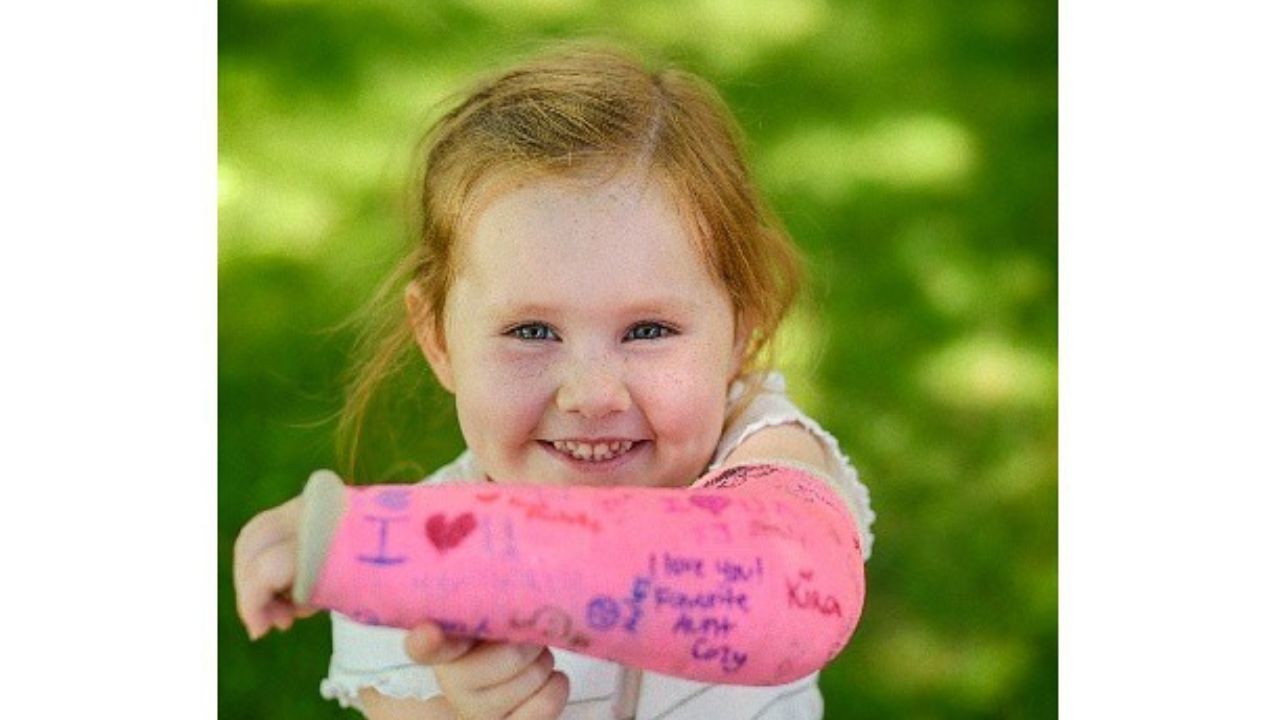
Overall Improvement in Quality of Life
How does pediatric physical therapy contribute to an overall improvement in the quality of life?
Pediatric physical therapy plays a crucial role in enhancing the overall quality of life for children. It not only focuses on physical development but also addresses emotional well-being and academic success.
Here are three ways in which pediatric physical therapy can lead to an overall improvement in the quality of life:
Improved emotional well-being: Physical therapy interventions and exercises can help children build confidence, improve self-esteem, and reduce anxiety and stress levels. This can contribute to a positive emotional state and overall well-being.
Enhanced academic success: Physical therapy can help children improve their motor skills, coordination, and balance, which are essential for participating in school activities and sports. By addressing physical limitations, pediatric physical therapy can enable children to actively engage in their academic pursuits and achieve success.
Increased independence and participation: Through physical therapy, children can develop essential life skills such as dressing, grooming, and feeding themselves. This increased independence can significantly improve their overall quality of life and participation in various activities.
Frequently Asked Questions
How Long Does Pediatric Physical Therapy Typically Last?
The duration of pediatric physical therapy varies depending on the individual child's needs and progress. It can range from a few weeks to several months or longer, as the therapy is tailored to meet the specific goals and challenges of each child.
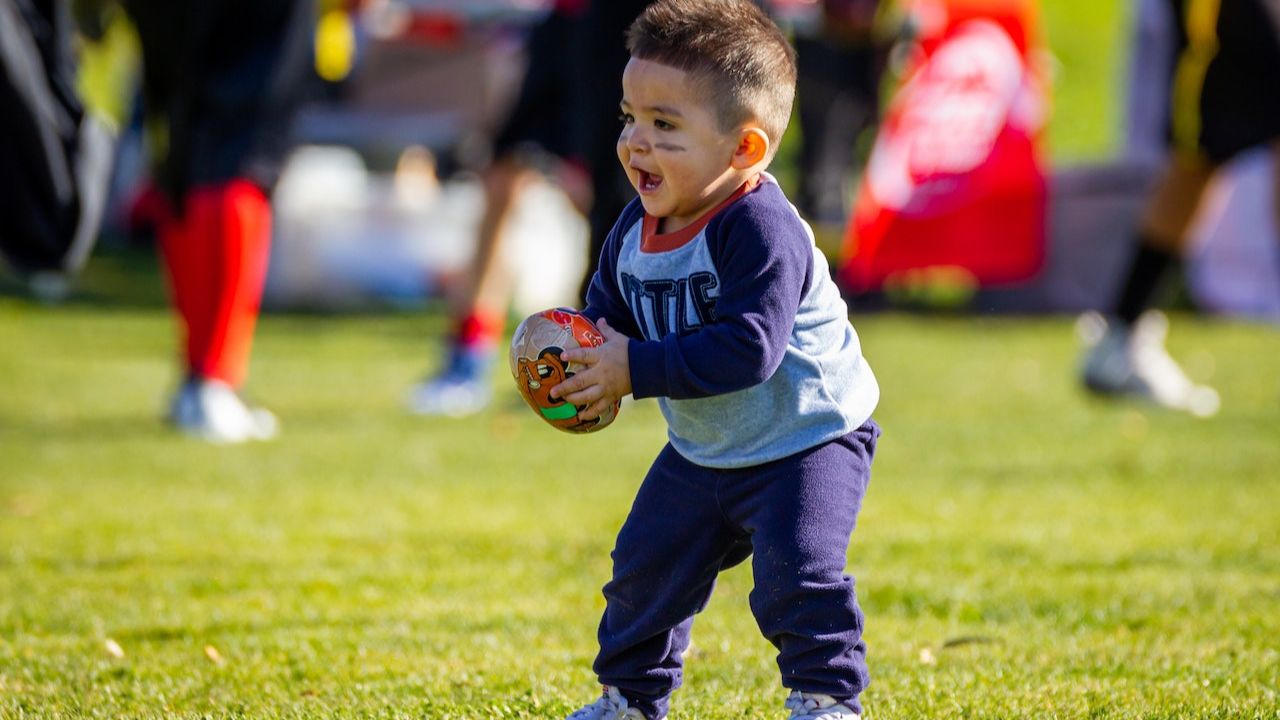
What Types of Exercises Are Commonly Used in Pediatric Physical Therapy?
Common exercises used in pediatric physical therapy include sensory integration activities, such as swinging and jumping, to improve sensory processing and coordination. Balance training exercises are also commonly used to enhance stability and prevent falls.
Can Pediatric Physical Therapy Help With Cognitive Development as Well?
Pediatric physical therapy can indeed help with cognitive development in children. Research has shown that engaging in physical activities can have long-term effects on cognitive function, improving attention, memory, and problem-solving skills.
Are There Any Potential Risks or Side Effects of Pediatric Physical Therapy?
Pediatric physical therapy is generally safe and well-tolerated, but like any medical intervention, there are potential risks and side effects. These may include muscle soreness, fatigue, increased pain, or injury if not performed correctly or under appropriate supervision.
How Soon Can Parents Expect to See Improvements in Their Child's Physical Abilities After Starting Pediatric Physical Therapy?
Parents can generally expect to see improvements in their child's physical abilities within a few weeks to a few months of starting pediatric physical therapy. However, the timeline can vary depending on the specific needs and progress of each child.
 Mobility trainingHome Fitness RecoverySports Injury PreventionPersonal Physical TherapyOrthopedic SolutionsPrivacy PolicyTerms And Conditions
Mobility trainingHome Fitness RecoverySports Injury PreventionPersonal Physical TherapyOrthopedic SolutionsPrivacy PolicyTerms And Conditions
